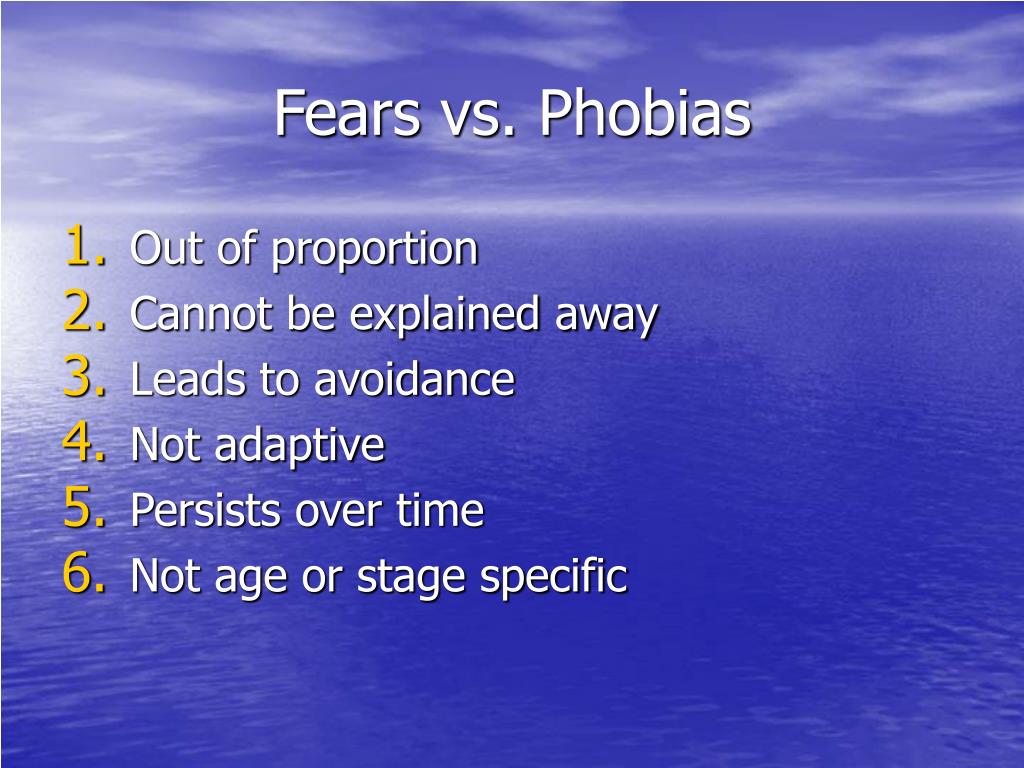
Therefore, based on theoretical considerations, we recommend directions for intensified research, especially on the causal relationship between overgeneralization and pathological fear. However, empirical results are inconsistent across disorders and they rarely allow for conclusions on their causality in the disorders’ etiology. In conclusion, enhanced fear generalization is associated with several anxiety disorders and stress-related disorders, which is supported statistically by a small, but robust effect size of g = 0.44 for risk ratings as an index of fear generalization. This systematic review and meta-analysis of empirical findings clarifies the relationship between fear generalization and pathological anxiety. Yet, experimental evidence for the link between generalization and pathological anxiety, as well as its moderators, has not been formally integrated. Therefore, fear generalization, a mechanism by which associative fear extends from one conditioned stimulus to similar cues, has been central to theories on anxiety. For example, providing the subject with high motivational energy to act. If anxiety is in the spectrum of normality, it could end up being beneficial for the subject. It does not store any personal data.It is a defining feature of anxiety disorders that fear is elicited by a circumscribed class of stimuli rather than by only one specific exemplar of that class. It depends on the consequences upon a persons cognitive thinking, behavior, motivational level and performance. The cookie is set by the GDPR Cookie Consent plugin and is used to store whether or not user has consented to the use of cookies. The cookie is used to store the user consent for the cookies in the category "Performance". This cookie is set by GDPR Cookie Consent plugin. The cookie is used to store the user consent for the cookies in the category "Other. The cookies is used to store the user consent for the cookies in the category "Necessary". The cookie is set by GDPR cookie consent to record the user consent for the cookies in the category "Functional".

The cookie is used to store the user consent for the cookies in the category "Analytics". These cookies ensure basic functionalities and security features of the website, anonymously. Necessary cookies are absolutely essential for the website to function properly. According to Psychology Today,Worry tends to be more focused on thoughts in our heads, while anxiety is more visible in our bodies. What’s the difference between anxiety and worry?Ī lot of people use the words worry and anxiety interchangeably. There are no symptoms of normal anxiety that interfere with daily functioning. Low levels of fear or apprehension, mild sensations of muscle tightness and sweating, and doubts about your ability to complete a task are all normal levels of anxiety. When anxiety starts to affect your ability to cope or interact with the world in an appropriate way, it’s a disorder.

When does normal anxiety become an anxiety disorder? Hyperexcitability of fear circuits that include the amygdala and extended amygdala are expressed as hypervigilance and increased behavioral responsivity to fearful stimuli. Extreme anxiety is different from anxiety in that it is not a natural response to certain events. It may be a divorce, it may be an upcoming job promotion, or layoff, or fear of having an illness when you go and see your doctor.

Pathological anxiety can occur in situations where anxiety isn’t present. Normal anxiety usually occurs in reaction to some stressor. How is normal anxiety different from pathological anxiety? What’s the difference between anxiety and worry?.When does normal anxiety become an anxiety disorder?.How is normal anxiety different from pathological anxiety?.


 0 kommentar(er)
0 kommentar(er)
